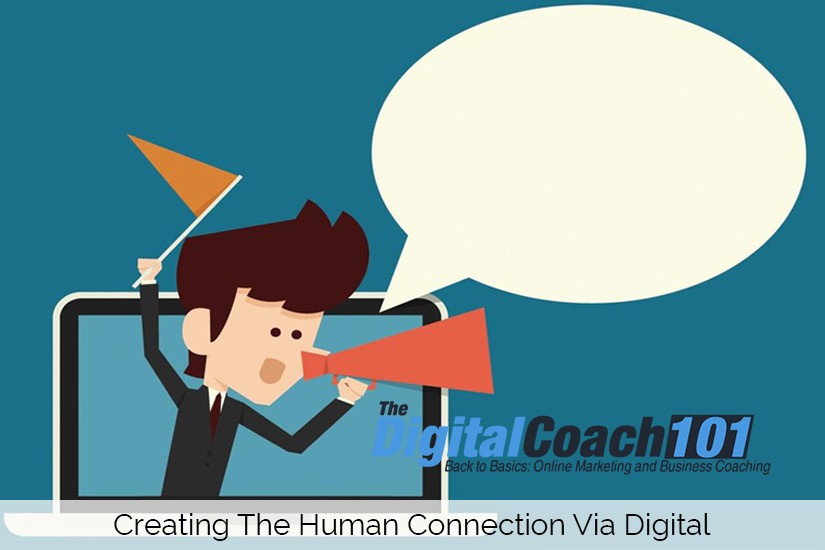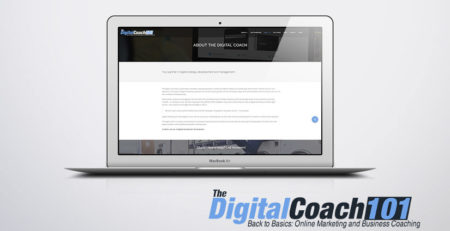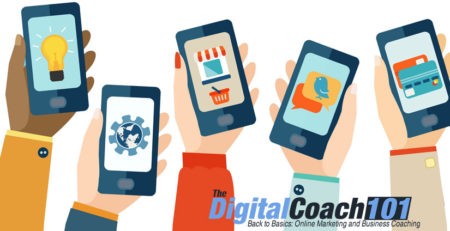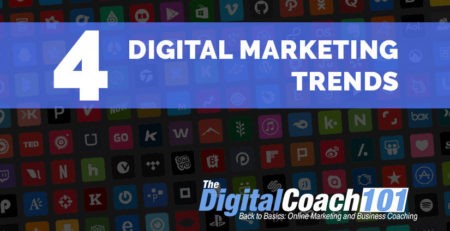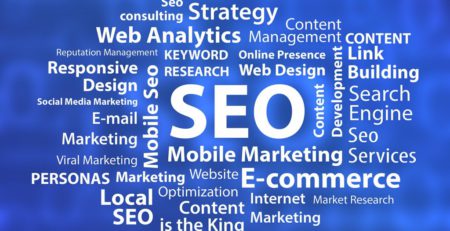Speaking the Language of the People Equals More Customers. Here’s How.
Relationships can succeed or fail based on our language choice. Fact!
Whether we are talking to our kids, our spouse, our employees or our customers, our own word choice is critical in getting the response we want.
Let’s take an example: “You keep spending too much money on the credit card and it makes me so angry!” gets the point across in no uncertain terms.
Hmm, are you looking for a scrap with your significant other?
If not, then how can you reword this so that it would be better received by a defensive spouse?
“How do you think we can cut down on our credit card spend so that we have more money for our holiday fund?”
This may be great relationship advice (You’re welcome), but what does it have to do with business success?
Simply because the words you choose have the power to attract or repel your ideal audience.
The Science of Speaking the Language of Your Customers
The gift of speech and the power of using our communication tools wisely have a direct impact on our success as business owners, spouses, parents and friends.
Speaking to our customers in a way which encourages them to want to engage with us and hear more is the key to attracting and keeping our audience.
What does this actually look like?
Well, we’ve distilled our thoughts down into three main points which you can take away and start using immediately. Here we go.
Finding Your Customers by Using the Right Language
Understanding Customer Motivation
We’ve talked before about understanding who your perfect customer is. This knowledge allows you to better understand why they need what you’re selling. What problem are you solving? What pain are you fixing?
This is the starting point of any communication with your customers. If you aren’t answering the “why” within the first few seconds, then they will click away and go to a competitor who understands them better.
There is no shortcut here. In order to understand your customer’s motivation, you really need to get in the trenches with them. Talk to them directly, follow up on a sale with a service call and make careful notes about any hiccups along the way. Surveys are a good tool as well, although not as accurate as a one-on-one conversation.
Complaints are never nice but are essential problem-solving tools when used right.
Online forums are an awesome place to eavesdrop and to ask and answer questions.
Social media is another good way of listening to your customers. Find and join active groups where there are members of the same demographic as your target audience and listen to their problems and issues. What words or phrases are commonly used to refer to your type of business or product?
This information is gold, and when you know exactly what their motivation is then you’ll know exactly where to start in crafting the perfect content to attract them.
It’s Not All About You
One of the most expensive and time-consuming parts of business is finding customers. (Keeping them is another topic entirely!) So, it stands to reason that you would want to spend your hard-earned dollars on the right content for maximum ROI.
Your customers don’t care about you.
Let’s just get that out there.
They care about what you can do for them. So, bleating on about your new offices, your vision statement, and your plans for the year-end office party mean absolutely nothing to them. It’s just more noise in an already raucous marketplace and is neither interesting nor stimulating.
What your customers do want to hear is how you can solve their problem.
Which of these headlines do you think has more impact?
- “The Digital Coach creates hundreds of pieces of top-quality business copy each month.”
- “The Digital Coach helps you to grow your business with relevant, authoritative content”
You guessed right. The second headline clearly shows the benefit to you, the customer.
This means that words such as we, us, and I, should be used far less frequently than you and yours. This, in turn, changes the whole tone of your content into something that is beneficial and of interest to your customer. It becomes all about how you can help them.
When your audience see that you can solve their problem, then they are more likely to dig a little deeper and find out how.
Simple and Emotional Content
If you have managed to get a potential customer to the point of seriously exploring your product or service, the very last thing you want to do if confuse them out of a sale.
Keeping your message simple and easy to read is vital! Now is not the time to get out the jargon to try and appear all business-like.
Remember, you are talking to real live people who don’t want you to “facilitate their transaction in order to procure a mutually beneficial product.” They just want you to process their payment.
Having said that, you don’t need to dumb down your content and patronise your customers.
- Keep your sentences short. (Aim for 20 words or less per thought.)
- Use common words and phrases as opposed to “business talk.”
- Don’t use the latest street slang, it’ll just make you look like you’re trying too hard.
- Break up more complicated ideas into paragraphs or bullet points.
It’s good to remember that a sale isn’t a sale until the money is in the bank. So, if you are getting loads of web traffic and social media followers, that’s great. But it’s not a sale.
All our communication from attracting an audience, to educating them, to processing a sale needs to keep nudging them in the right direction. The use of emotional words really benefits us here.
As much as people like to think that they make logical, carefully considered buying decisions, we all are emotional beings. We buy because of how it makes us feel.
Emotional words tap into our motivation for buying in the first place. We don’t go onto the Nike site to find coverings for our feet; we go to find functional, good quality footwear which will make people think we have loads of taste and money.
Key Takeaways
So, understanding why your customer wants to buy, making sure they see how you solve their problem and communicating in terms that they can readily grasp are the foundation of growing your audience. And, of course, making more sales.
Understanding your customer is a journey and not a destination. Keep learning and evolving with them.

